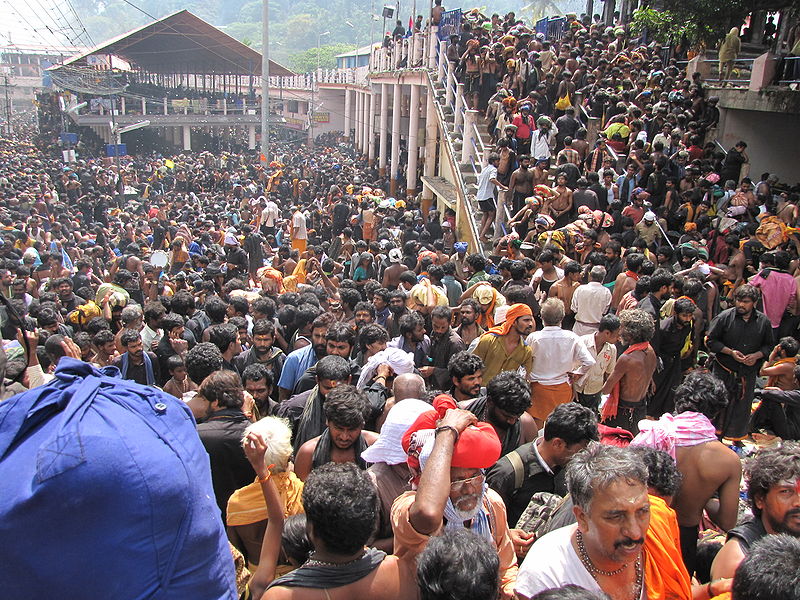As with any written word, I am intrigued by signatures. My own has caused banks and other institutions much confusion simply because I 'forget' a turn or twist there, or am in such a hurry to put my stamp on paper that the pen overtakes, leaving behind unwanted slashes and mysteriously-placed dots.
Yesterday, while doing the needful, as the bureaucratic term goes, I decided to first give it a dry run. The back of a used envelope served as my zone of experiment. My work looked quite tidy, which surprised me, and fairly aesthetic, which did not!
So, how does it say anything conclusively about me? It is quite possible that my aesthetic sensibilities have become more compact. But, outside of the confines of a signature, I can appreciate the scattered, expansive, and bohemian as much as the minimalist. It could be in art, music, theatre, literature, or even everyday living by way of clothes and food.
Does a signature reveal or deceive, as in put you off the scent, to prevent forgery, to guard oneself?

The ‘messy’ signature of Jack Lew was in the news recently. President Barack Obama has nominated him as US secretary of treasury. If confirmed, his signature will be on every new dollar bill.
A report said, "Obama later added that Jack has assured him that he is going to work to make at least one letter legible in order not to debase the currency..."
While the "series of spirals" do look unusual, how would it debase the currency? Does anyone even look at it closely? In fact, its idiosyncrasy could well make it recognisable and prevent against fakes. The President did joke that had he seen this, he might have decided against the nomination.
I am told that some companies check on signatures when they hire people. Apparently, it is a good enough gauge of personality. Even if it is, individuals in a work environment need not be identical to 'who' they are as opposed to 'what' they are. Situations throw up challenges that test one's mettle and occasionally force one to go against type.
Not being an expert, and clueless about him, I'd still take a go at Mr Lew's signature in the spirit of fun.
To begin with, it looks like a pair of his own glasses reflected on a glass-topped table. He gives the impression of being gregarious, but soon clams up. Is ready to extend himself if there is a defined goal.
He seems to like eggs, curvy women, and perhaps Woody Allen films. He reads Harry Potter when no one's looking.
And chances are that he'd like seeing the Olympic rings in a laughing mirror than at a stadium.
Is this about Lew or about me? Or, a perception of a perception? I guess, it's time to sign off...
















